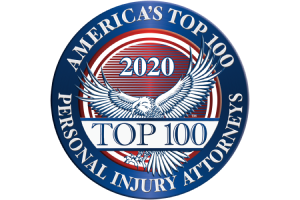Like Family.
49 CFR 392.9
§392.9 Safe Loading.
(a) General. No person shall drive a commercial motor vehicle and a motor carrier shall not require or permit a person to drive a commercial motor vehicle unless —
(a)(1) The commercial motor vehicle’s cargo is properly distributed and adequately secured as specified in § 393.100 393.106 of this subchapter.
(a)(2) The commercial motor vehicle’s tailgate, tailboard, doors, tarpaulins, its spare tire and other equipment used in its operation, and the means of fastening the commercial motor vehicle’s cargo are secured; and
(a)(3) The commercial motor vehicle’s cargo or any other object does not obscure the driver’s view ahead or to the right or left sides, interfere with the free movement of his/her arms or legs, prevent his/her free and ready access to accessories required for emergencies, or prevent the free and ready exit of any person from the commercial motor vehicle’s cab or driver’s compartment.
(b) Drivers of trucks and truck tractors. Except as provided in paragraph (b)(4) of this section, the driver of a truck or truck tractor must —
(b)(1) Assure himself/herself that the provisions of paragraph (a) of this section have been complied with before he/she drives that commercial motor vehicle;
(b)(2) Examine the commercial motor vehicle’s cargo and its load securing devices within the first 25 miles after beginning a trip and cause any adjustments to be made to the cargo or load securing devices (other than steel strapping) as may be necessary to maintain the security of the commercial motor vehicle’s load; and
(b)(3) Reexamine the commercial motor vehicle’s cargo and its load securing devices periodically during the course of transportation and cause any adjustments to be made to the cargo or load securing devices (other than steel strapping) as may be necessary to maintain the security of the commercial motor vehicle’s load. A periodic reexamination and any necessary adjustments must be made —
(b)(3)(i) When the driver makes a change of his/her duty status; or
(b)(3)(ii) After the commercial motor vehicle has been driven for 3 hours; or
(b)(3)(iii) After the commercial motor vehicle has been driven for 150 miles, whichever occurs first.
(b)(4) The rules in this paragraph do not apply to the driver of a sealed commercial motor vehicle who has been ordered not to open it to inspect its cargo or to the driver of a commercial motor vehicle that has been loaded in a manner that makes inspection of its cargo impracticable.
[36 FR 18863, Sept. 23, 1971, as amended at 37 FR 12642, June 27, 1972; 38 FR 23522, Aug. 31, 1973; 60 FR 38746, July 28, 1995; 63 FR 33278, June 18, 1998].












